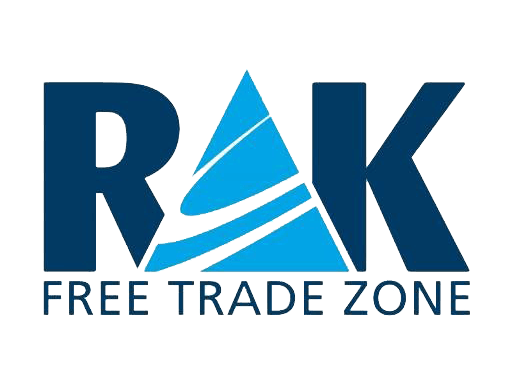The United Arab Emirates (UAE) has a form of federation that consists of 7 emirates with own ruler in each of them. The state is a major financial and economic center, which policy is focused on attracting foreign investment into the country, therefore, the most comfortable and favorable conditions for doing business are created here.
The UAE continues to attract investor interest from different parts of the world. Thousands of expats from the US and UK are now migrating to the UAE to explore setting up new businesses and cater to an affluent target audience. If you are looking to set up a new business in the UAE, and are looking at networking and funding solutions, please visit website.
The following types of companies are currently available for business registration in UAE:
- Local companies (where 51% of shares necessarily belong to the citizens of the Emirates or legal entities owned by citizens) – are able to do business without restrictions on the territory.
- Free zone companies – are able to do business within the chosen free zones or abroad.
- Offshore companies (International Business companies) – are prohibited to conduct business within the UAE territory, but are able to open an account in the UAE bank.
Opening an offshore company in the UAE on the example of RAK free zone:
Located in the northern part of the UAE, bordering Oman, Ras al-Khaimah (RAK) is one of the smallest emirates of the UAE.
Great interest in the financial and investment sector of this emirate was promoted by new legislation and regulations adopted by the UAE authorities. This, in turn, led to business and investment opportunities for individuals and companies around the world.
An International Business Company in RAK free trade zone can do business outside the territory of the country, own property in the UAE, be used as a logistics company, maintain bank accounts, and much more.
Basic requirements for opening such a company:
- the minimum paid-up share capital – 10,000 AED;
- the minimum number of shareholders – 1;
- the minimum number of directors – 1;
- local office requirement – no;
- annual reporting requirement – no.
Required documents for registration:
- Certified copy of a valid passport (or national identity card);
- certified address confirmation – utility bill (not older than 1 month) in English or Arabic (or official translation);
- A letter of recommendation from the bank (not older than 1 month).
Advantages of doing business in the UAE:
The main advantages include:
- Absence of income tax and corporate tax;
- Permitted 100% foreign capital, no need for a local sponsor (except for local companies);
- There is no requirement for mandatory audit (except for some free-zones and local companies);
- A high degree of data protection on the ownership of companies;
- The ability to work in the country (with the exception of offshore companies);
- The ability to open accounts in local banks without legalizing corporate company documents;
- The right to obtain a Dubai residence visa or residence visa in other Emirate for shareholders and employees of the company;
- The possibility of obtaining certificates of tax residency under agreements on the avoidance of double taxation (for free zones and local companies).
The ability to obtain a residence visa is one of the main advantages of opening a company in the UAE. It can be obtained by a non-resident individual on the basis of the acquisition of real estate, as well as the registration of a company in the free zone of the UAE.
Such a visa is issued for a period of up to 3 years with the possibility of extension and gives the right of permanent residence and work in the country.
In addition, UAE banks do not transfer information within the framework of the Common Reporting Standard exchange, if the bank has accounts of companies registered in free zones or personal accounts of shareholders and managers who have resident visas – as they are recognized tax residents of the UAE in the framework of the current legislation of the country.
Read Also:
























